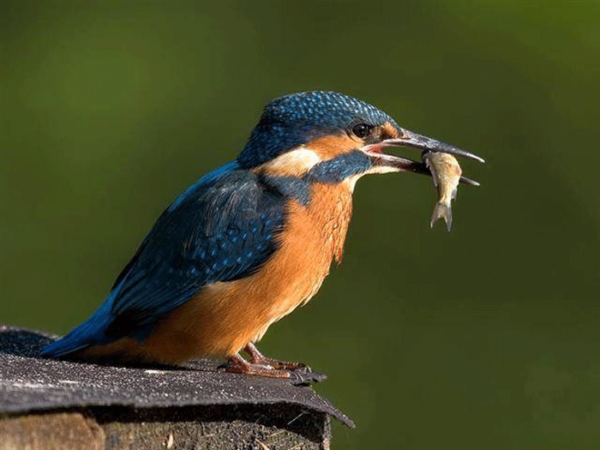
Animals have acquired their characteristics, including their behavior, throughout the continuous process of evolution. Charles Darwin showed in 1859 that given enough variation and plenty of time, natural selection could produce the great variety of species inhabiting our planet (Photo by Jean-Pierre Leys).
Video Lecture
Evolution
Evolution is the change process in all forms of life over generations; evolutionary biology is the study of how evolution occurs. Evolution means the development of an organism from previous forms, and evolutionary theories propose explanations for how species, subspecies, and variations originated.
Evolution equals changes in the inherited traits of a population from generation to generation. For evolution to happen, we need replicators. Genes are replicators. The genes contain the codes for the inherited traits; they are the instructions for how organisms may or may not develop, look, and behave.
Reproduction entails copying genes and passing them on to the offspring. However, copies are never perfect, which, combined with random gene changes, produces new or altered traits, resulting in organisms slightly different from their parents. Depending on natural selection, these new traits and slightly different organisms become more common or rare in a population, and evolution happens. Thus, evolution occurs when a change in the frequency distribution of traits persists for more than one generation.
Evolution is a fact, not a theory. Facts and theories are not the same. A fact is observable and measurable; a theory is an explanation and interpretation of facts. There were several theories of evolution, although only Darwinism passed the test of time. The theory of evolution by means of natural selection finds support in numerous facts. For example, the human domestication of several species and the resulting breeds shows that evolution results from a selection. Also, Charles Lyell demonstrated in 1827 in his “Principles of Geology,” which inspired Darwin, proof of geological change through evolution. In addition, fossil evidence presents us with earlier life forms, and the resemblance between living species suggests a common ancestor. While similarities between species are often, but not always, due to a common ancestor, differences between closely related species are definitely due to evolution. Thus, we can have divergent and convergent evolution.
Darwinism is both a theory and a fact. It is an incontrovertible fact that organisms have changed or evolved during the history of life on Earth, and researchers have identified the mechanisms that explain the patterns of change.
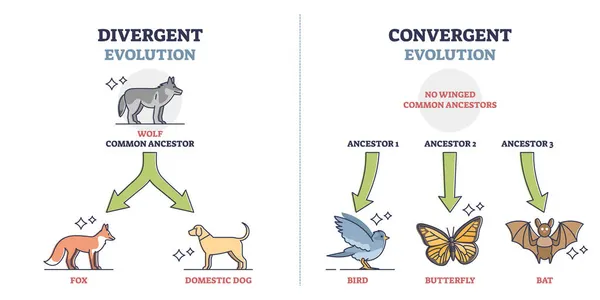
Charles Lyell
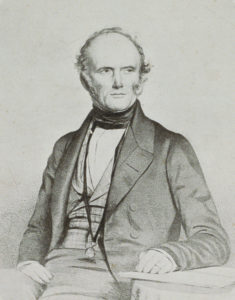 Sir Charles Lyell (14 November 1797 – 22 February 1875) was a Scottish lawyer and geologist. His first and most famous book “Principles of Geology” was published in 1830-33. His main principle is that the present is the key to the past. We can explain geological remains from the distant past by referencing geological processes that are still active, and we can directly observe. Lyell’s interpretation of the geologic change as the continuous accumulation of tiny changes over enormously long ranges of time had a powerful influence on the young Charles Darwin.
Sir Charles Lyell (14 November 1797 – 22 February 1875) was a Scottish lawyer and geologist. His first and most famous book “Principles of Geology” was published in 1830-33. His main principle is that the present is the key to the past. We can explain geological remains from the distant past by referencing geological processes that are still active, and we can directly observe. Lyell’s interpretation of the geologic change as the continuous accumulation of tiny changes over enormously long ranges of time had a powerful influence on the young Charles Darwin.
Portrait of Charles Lyell from around 1870 by unknown artist.
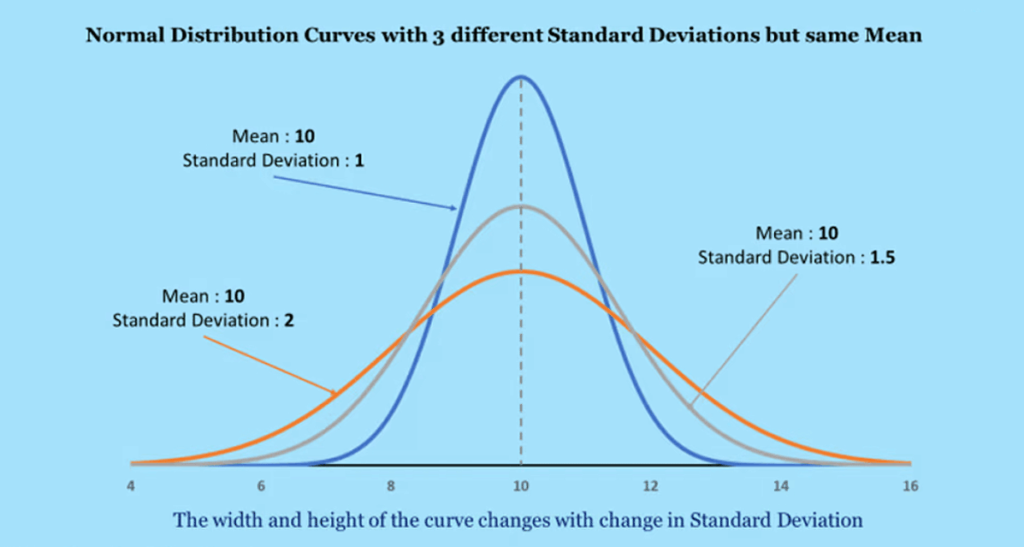
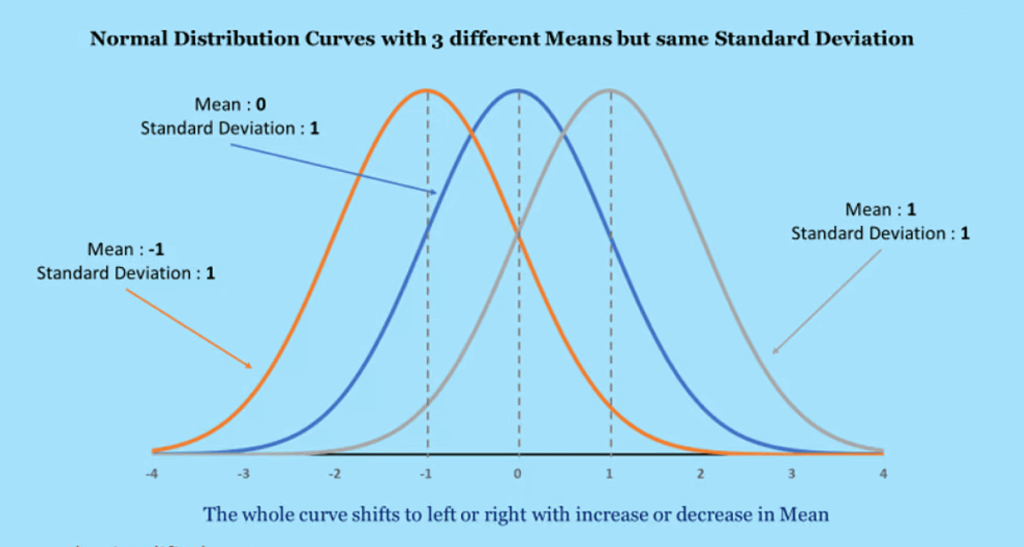
Evolution is a change in the frequency distribution accumulated from generation to generation. In these graphs, the x axis represents a specific phenotype and the y axis the number of individuals. Stable environments tend to produce a concentration of individuals in the middle, and the curve is high. Unstable environments favor variation, and the curve tends to be long and move one way or another depending on which traits are more favorable. Graphs by Roger Abrantes.
A Very Short History of the Theory of Evolution
The idea of evolution goes back to the Greek philosophers Anaximander and Empedocles. Roman Lucretius also adheres to the idea. In contrast to these early materialist viewpoints, Aristoteles thought all things in nature were actualizations of fixed natural possibilities known as forms (Torrey & Felin, 1937). That developed into a component of the medieval teleological view of nature, according to which everything has a particular function to fulfill in a divinely ordained cosmic order.
Ibn Khaldun wrote in his book Muqaddimah (مقدّمة ابن خلدون) in 1377 AD that humans evolved from “the world of the monkeys” through a process in which “species became more numerous” (Kiros, 2001).
Carl Linnaeus’s biological taxonomy, which he proposed in 1735, expressly acknowledged the hierarchical nature of species interactions but continued to hold that species were predetermined by a divine plan (Waggoner, 2000).
Philosophers and naturalists, including Erasmus Darwin, took it up in the eighteenth century. Jean-Baptiste Lamarck, a French biologist, postulated the transmutation of species in “Philosophie Zoologique” in 1809.
It was Darwin, in 1838 and 1859, who first suggested a consistent theory of evolution by means of natural selection. Note that Darwin used the expression “descent with modification” instead of “evolution.”
Gregor Mendel, an Austrian botanist, discovered the gene in 1865, but the scientific community noticed it first in the early 1900s. Genes are the replicators that Darwin knew had to exist but could not prove.
British biologists J. B. S. Haldane and Ronald Fisher worked further on the theory in the 1920s and 1930s. However, it was first when Watson and Crick identified the DNA structure in 1953 that the last pieces of Darwin’s evolutionary puzzle fell into place. Finally, we had proof of the replicators that Darwin called “gemmules.” In 1868, Darwin proposed Pangenesis, a developmental theory of heredity. He suggested that all cells in an organism were capable of shedding minute particles he called gemmules, which circulated throughout the body and finally congregated in the gonads. These particles were then transmitted to the next generation and were responsible for the transmission of characteristics from parent to offspring. Alas, Darwin never met Mendel.
The Theory of Evolution by Natural Selection
Until the nineteenth century, several theories tried to explain species using the principle of divine creation. Animals behaved and appeared just as they were created—they did not change radically, and no new species had evolved. Charles Darwin, in “The Origin of Species by Means of Natural Selection” (1859), first formulated the hypothesis that species evolved due to the struggle for life, i.e., as a result of natural selection, where the fittest had an advantage.
Darwin met much criticism. Today, no scientist would seriously defend the principle of the constancy of the species or the divine creation theory.
Darwin’s school of thought is so significant that, in a sense, we can say that since 1859 and “The Origin of Species,” all biology and the biology of behavior have been but a series of additions and comments on Darwin’s work.
To understand animal behavior, we need to understand the evolutionary processes. We can only fully expect to explain and understand the behavior of animals as a tool in their continuous struggle for survival and reproduction.
All populations show some degree of variation, some more than others. Variations result from various genotypes, contributing to different phenotypes when influenced by the environment. At a genetic level, evolution is the change in genetic variation over time. Particular genes (or alleles) become more or less frequently represented in the gene pool.
The central tenet of the theory of evolution by natural selection is amazingly simple. All it requires is variation, heredity, and differential fitness. Natural selection handles the rest, and evolution is inevitable.
The idea of natural selection is also very simple: it means “the survival of the fittest.” The fittest are the best adapted to the circumstances; they stay alive longer than the less fit, thus increasing the percentage of offspring they produce relative to the less fit. Saying it boldly, the reproducing survivors are, one way or another, the fittest. Their genetic information spreads throughout the universal gene pool—and evolution happens.

Watch this short movie (produced by Qualia Soup).
References
Darwin, C. (1859) On the origin of species by means of natural selection, or the preservation of favoured races in the struggle for life. London: John Murray. 1st ed.
Darwin, C. (1868). The Variation of Animals and plants under Domestication. London: John Murray. ISBN-13: 9781532810121. ISBN-10: 1532810121.
Darwin, C. (1871). Pangenesis. Nature 3, 502–503 (1871). https://doi.org/10.1038/003502a0.
Kiros, T. (2001). Explorations in African Political Thought. Routledge. ISBN: 9780415927673.
Liu Y. (2008). A new perspective on Darwin’s Pangenesis. Biol Rev Camb Philos Soc. 2008 May;83(2):141-9. doi: 10.1111/j.1469-185X.2008.00036.x. PMID: 18429766.
Lyell, C. (1833). Principles of Geology. Pantianos Classics. ISBN-13:9781789870459. ISBN-10: 1789870453.
Mendel, G. (1865). Versuche Über Pflanzen-Hybriden.Verhandlungen des naturforschenden Vereines zu Brünn4 (1865): 3–47.
Torrey, H. B.; Felin, F. (1937). Was Aristotle an Evolutionist? The Quarterly Review of Biology. 12 (1): 1–18. doi:10.1086/394520. ISSN0033-5770.
Watson, J.D. & Crick, F.H. (1953). Molecular structure of nucleic acids; a structure for deoxyribose nucleic acid. Nature. 1953 Apr 25;171(4356):737-8. doi: 10.1038/171737a0. PMID: 13054692.
